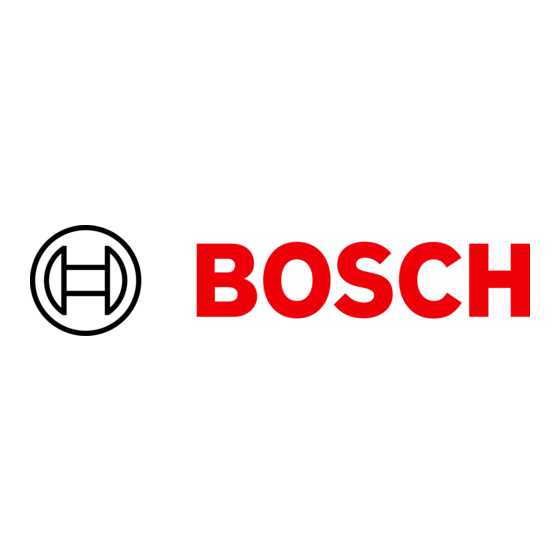Bosch 6 Series 사용 설명서 - 페이지 7
{카테고리_이름} Bosch 6 Series에 대한 사용 설명서을 온라인으로 검색하거나 PDF를 다운로드하세요. Bosch 6 Series 28 페이지. 2 door top freezer, inox-easyclean
Bosch 6 Series에 대해서도 마찬가지입니다: 사용자 설명서 (24 페이지), 설치 및 사용 설명서 지침 (20 페이지), 설치 및 사용 설명서 지침 (20 페이지), 설치 및 사용 설명서 지침 (20 페이지), 사용 설명서 및 설치 지침 (48 페이지), 사용 설명서 (16 페이지), 사용 설명서 (48 페이지), 설치 지침 매뉴얼 (27 페이지), 사용 설명서 (12 페이지), 설치 및 운영 지침 매뉴얼 (36 페이지), 사용 설명서 (16 페이지), 설치 및 사용 설명서 지침 (16 페이지), 사용 설명서 지침 (29 페이지), 사용자 설명서 및 설치 지침 (16 페이지), 사용 정보 (32 페이지), 빠른 참조 매뉴얼 (2 페이지), 빠른 참조 매뉴얼 (2 페이지), 사용 정보 (28 페이지), 사용자 설명서 (23 페이지), 사용 설명서 (24 페이지), 설치 지침 및 사용 지침 (24 페이지), 사용 정보 (16 페이지), 사용자 설명서 (36 페이지), 사용자 설명서 (32 페이지), 사용자 설명서 (28 페이지), 사용자 설명서 (28 페이지), 사용 설명서 (28 페이지), 사용 정보 (20 페이지)

